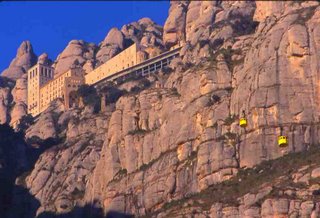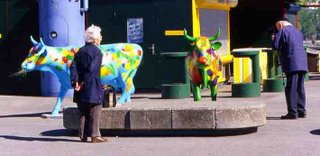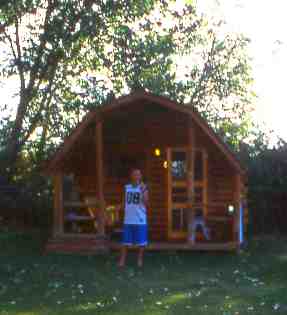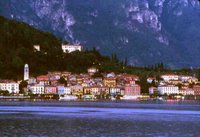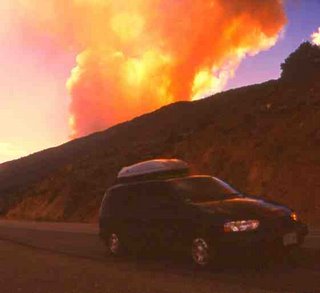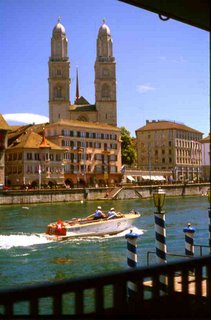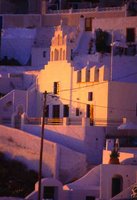
Today, I bring you a guest writer. My 13-year-old daughter's social studies teacher gave this assignment: "Write a poem about footbinding in imperial China." (I think Manolo Blahnik lifted his design ideas from the Chinese... ) Here's Dana's opus. She got an A+:
The Chinese tradition of footbinding was thought to bring a woman beauty,
But many consider it an act of cruelty.
To break a woman's toes and cause so much pain --
But at what cost?
To attract a man?
But what is so attractive when the poor woman can barely stand?
Imagine the pain of your foot being forced to take the shape of a lily.
I must say, I do think it seems quite silly.
The peasant women,
Yes, they have it good!
Their feet are free to grow just as they should.
It is the wealthy women who have their feet bound,
In hope, by a man, they will be found.
I do not agree with this,
I see it unfair.
These poor women spend most of their hours confined to a chair.
I would not want my feet to be broken and bent,
Inside the house most of my time would be spent.
The pain they go through with their feet half normal size,
This tradition is not a very wise enterprise.
However, it symbolized nobility, beauty and wealth,
While at the same time not good for their feet's health.
